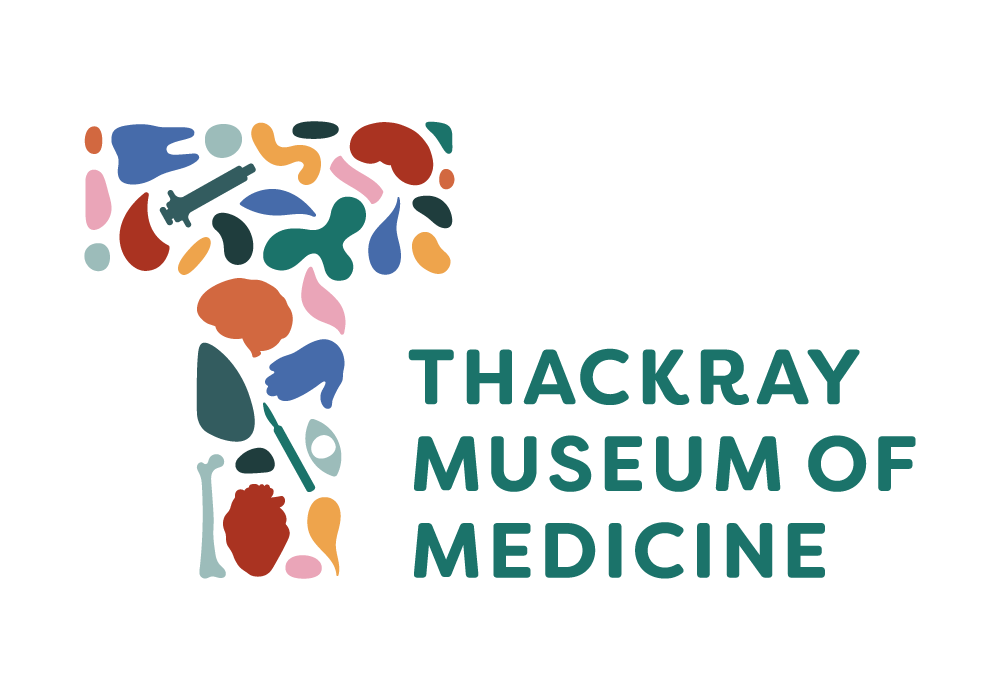Ignaz Semmelweis (1818-1865)
Did you know… Semmelweis identified that hand washing saved lives but was only proved right years later?
Ignaz Semmelweis is a Hungarian physician recognised for his role in the history of antiseptic procedures.
Now known as the ‘saviour of mothers’ Semmelweis wasn’t recognised for his important discovery during his lifetime. He knew hand washing saved lives but he just couldn’t prove why and this led to his theory being dismissed by the medical profession at the time.
Semmelweis worked at the Vienna General hospital and noticed discrepancies in the mortality rate of mothers and babies on the obstetric wards.
The women treated by doctors had a higher mortality rate than those treated by midwives. He concluded that it was because there wasn’t proper hand hygiene in place (no one knew about germs then).
Doctors were coming from other wards or the mortuary to deliver babies without properly cleaning their hands whereas midwives only worked with mothers and babies.
Semmelweis tried to get his colleagues to wash their hands regularly with chlorinated lime solutions. He was able to show that this reduced mortality rates to about 1%. Nevertheless his ideas were rejected by the medical and scientific communities. Doctors took it as an insult that they were causing their patients deaths and Semmelweis had no explanations as to how his hand washing prevented death.
Semmelweis worked hard to promote his methods but ended up having a nervous breakdown and being admitted to an asylum where he died a mere 14 days later.
It was years after his death that his methods were introduced after Louis Pasteur had argued for germ theory and Robert Lister had promoted asepsis in hospitals.
Nevertheless, Semmelweis is remembered as the ‘saviour of mothers’ as his publications and his methods eventually gained traction.


